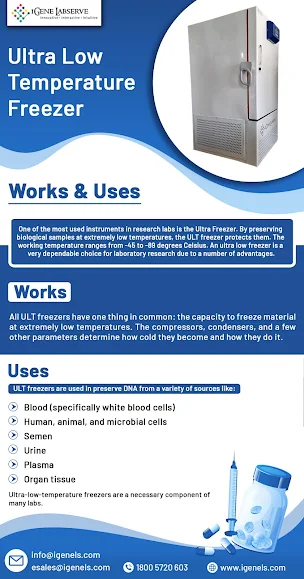What is stability Chambers?
Stability Chamber are particularly created tools for evaluating goods and figuring out how long they'll last, such as drugs, electrical parts, industrial materials, etc. They let you adjust variables like temperature and humidity to thoroughly examine a variety of circumstances. Varied goods require different testing environments, yet it is logistically impractical to transfer to different locations for various climatic conditions. Stability chambers can help in this situation and make the work simpler. In conditions of varying environmental exposure, they are also able to evaluate changes that might affect the product quality.
What is the utilization of stability chambers in the pharmaceutical industry?
Stability chambers have many different uses. They are essential to the successful completion of a certain product's manufacture. It may also be used for packaging, biological or microbiological testing, research, the cosmetics, and automotive industries, as well as many other things.
The pharmaceutical sector is concerned with creating, investigating, and promoting medications that may be beneficial to medical research. Since many people in many regions of the world will need these medications, guaranteeing effective drug production becomes a top issue.
Side effects and hazardous symptoms may result from a poorly made medicine that individuals use. Drug stability testing under various circumstances is therefore crucial. Understand the types of stability chambers to choose better.
Types of chamber
There are different kinds of chambers that are available based on the applications.
- Environmental Chambers
- Accelerated testing chambers
- Photostability Chambers
- Temperature-Humidity Chambers
These are the two sub category of stability chambers available:
- Reach in Chambers:
These are the ones that are typically used for testing small quantities of goods because they are tiny in size. They are quite easy to use.
- Walk-in Chambers:
As the name implies, they are bigger and manageable by walking into them. They are utilized for evaluating larger batches of goods that want constant circumstances for a protracted period.
Performance recording
The stability chambers are used to record the performance of a product in these given conditions:
- Moisture/humid conditions
- Rainy conditions
- Dry regions
- Exposure to sun
- Extreme environmental changes
- High-temperature conditions
How does a stability chamber work?
The operation of a stability chamber is based on the straightforward tenet that a steady temperature will result in a stable relative humidity value.
The ratio of the air's actual moisture content to its potential moisture content is known as relative humidity. The quantity of water that air can contain rises with temperature, which causes the relative humidity to drop in direct proportion to the change in temperature. This is how the automated, simultaneous adjusting of both settings works.
If you are looking to buy a quality stability chamber, connect with IGene Labserve by visiting https://www.igenels.com/ or dial 09310696848 to understand everything about the product.









